
Charles Carroll, known as Charles Carroll of Carrollton or Charles Carroll III, was an Irish-American politician, planter, and signatory of the Declaration of Independence. He was the only Catholic signatory of the Declaration and the longest surviving, dying 56 years after its signing.
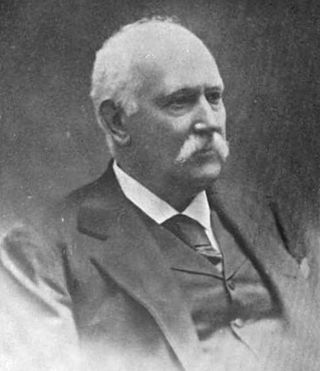
John Lee Carroll, a member of the United States Democratic Party, was the 37th Governor of Maryland from 1876 to 1880.

Doughoregan Manor is a plantation house and estate located on Manor Lane west of Ellicott City, Maryland, United States. Established in the early 18th century as the seat of Maryland's prominent Carroll family, it was home to Founding Father Charles Carroll, a signer of the United States Declaration of Independence, during the late 18th century. A portion of the estate, including the main house, was designated a National Historic Landmark on November 11, 1971. It remains in the Carroll family and is not open to the public.

St. Charles College was a minor seminary in Catonsville, Maryland, originally located in Ellicott City, Maryland.
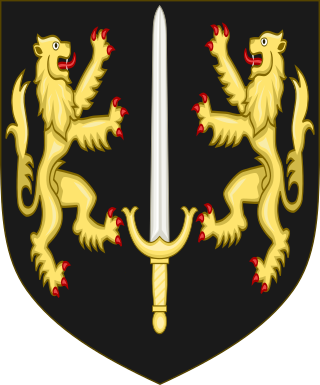
O'Carroll, also known as simply Carroll,Carrol or Carrell, is a Gaelic Irish clan which is the most prominent sept of the Ciannachta. Their genealogies claim that they are kindred with the Eóganachta, descended paternally from Ailill Aulom. From the Middle Ages until 1552, the family ruled an area within the Kingdom of Munster known as Éile. The last monarch Tiege Cian O'Carroll surrendered and regranted to the Tudor Kingdom of Ireland.
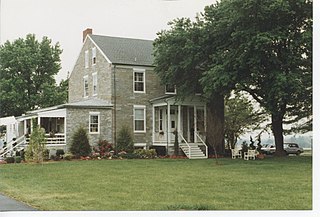
Carrollton Manor was a 17,000 acre (69 km2) tract of land in Frederick County, Maryland, United States, which extended from the Potomac River on the south, Catoctin Mountain to the west, the Monocacy River to the east, and Ballenger Creek to the north. It included the towns of Lime Kiln, Buckeystown, Adamstown, Doubs, Licksville, Tuscarora, and Point of Rocks.

Burleigh, also known as Burleigh Manor or Hammonds Inheritance, is a historic home located at Ellicott City, Howard County, Maryland, built on a 2,300-acre (930 ha) estate. Which included "Hammonds Inheritance" patented in 1796. It is a Federal-style brick dwelling built between 1797 and 1810, laid in Flemish bond. Based on the 1798 Tax assessment of the Elkridge Hundred, the original manor house started as a one-story frame building 24 by 18 foot in size. Also on the landscaped grounds are a 1720 stone smokehouse; a much-altered log, stone, and frame "gatehouse" or "cottage," built in 1820 as a workhouse for slaves and another log outbuilding, as well as an early-20th century bathhouse, 1941 swimming pool, and tennis court. Portions of the estate once included the old Annapolis Road which served the property until the construction of Centennial Lane to connect Clarksville to Ellicott City in 1876. The manor was built by Colonel Rezin Hammond (1745–1809), using the same craftsmen as his brother Mathias Hammond's Hammond–Harwood House in Annapolis. Rezin and his brother Matthias were active in the colonial revolution with notable participation in the burning of the Peggy Stewart (ship). Hammond bequeathed the manor and 4,500 acres (1,800 ha) to his grandnephew Denton Hammond (1785–1813) and his wife Sara who lived there until her death in 1832. All slave labor were offered manumission upon Rezin Hammonds death in 1809, with extra provisions for tools, land and livestock for thirty two slaves. The estate was owned by Civil War veteran Colonel Mathias until his death where he was buried alongside other family members on the estate. His wife Clara Stockdale Hammond maintained ownership afterward. In 1914 the estate was owned by Mary Hanson Hammond with land totaling over 1,000 acres (400 ha) including the outbuildings and slave quarters. In 1935 the Estate was subdivided to 600 acres (240 ha) and purchased by Charles McAlpin Pyle, Grandson of industrialist David Hunter McAlpin. The manor house was renovated with the great kitchen replaced by a "Stirrup Room" where meetings of the Howard County Hunt Club were performed. The house was sold in 1941 to Mrs. Anthony J. Drexel Biddle, Jr. for use of Prince Alexandre Hohenlohoe of Poland during WWII. St. Timothy's School bought the property after the war in 1946, but abandoned plans and sold to Mrs G. Dudley Iverson IV in 1950. The brick was once painted yellow, but by 1956, had almost returned to exposed red brick. As of 2013, it has operated as a livestock shelter.

Richland Farm is a historic home and farm complex located at Clarksville, Howard County, Maryland, United States. The main house is a log and frame house, the earliest section of which is presumed to date from 1719. The main block comprises three sections, with a large addition on the rear added in 1920. It features a one-story shed-roofed wrap-around porch supported by 22 Doric order columns. Also on the property are the Overseer's/Superintendent's House, Gardener's Cottage, wagon shed, tractor shed and smokehouse with board-and-batten siding, a bank barn, a stone spring house and “Barrack.”

Brooklandwood, or Brookland Wood, is a historic home located in Brooklandville, Baltimore County, Maryland. Its grounds became developed for the St. Paul's School for Boys.
Jehanne Deirdre Alexandra Wake is a British biographer, historian and archivist. She has written critically acclaimed biographies of Princess Louise, the sixth child of Queen Victoria, and of the four early American Caton sisters known as "the American graces", amongst other books.
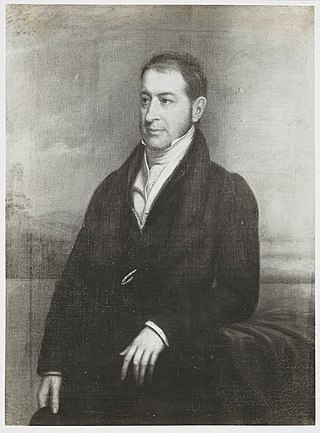
John Lovet MacTavish was a Scots-Canadian heir to the North West Company and diplomat.
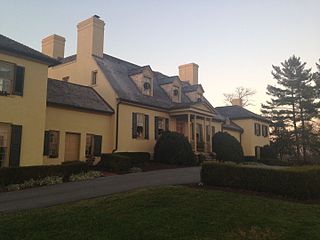
The Belmont Estate, now Belmont Manor and Historic Park, is a former plantation located at Elkridge, Howard County, Maryland, United States. Founded in the 1730s and known in the Colonial period as "Moore's Morning Choice", it was one of the earliest forced-labor farms in Howard County, Maryland. Its 1738 plantation house is one of the finest examples of Colonial Georgian architectural style in Maryland.
Font Hill Manor is a historic slave plantation in Ellicott City in Howard County, Maryland, USA. The house is situated on property surveyed by Daniel Kendall as "Kendall's Delight". The building is constructed of local granite in three sections. The first is a four-by-two bay building. The second five-by-two bay section was built in the early 1800s, which re-oriented the front entrance. A third four-by-two bay wing was added in the early 1900s.
Homewood is a stone house located off of Homewood road in Ellicott City in Howard County, Maryland.
Located Ellicott City in Howard County, Maryland, United States, Keewaydin Farm.
The William Johnson House is a historic house supporting Doughoregan Manor in Ellicott City, Maryland.
Charles Carroll MacTavish, sometimes known as Carroll MacTavish, was an American landowner who briefly served as an Irish Repeal Association politician in the United Kingdom.

Richard Caton was an Englishman who became a Baltimore merchant and real estate developer. Caton married into the Carroll family of Carrollton and was the father of four daughters, all of whom married prominent Europeans, including members of the British aristocracy.

Natalie C. Ziegler is an American politician and farmer. She is a member of the Maryland House of Delegates for District 9A in Howard and Montgomery counties.


















